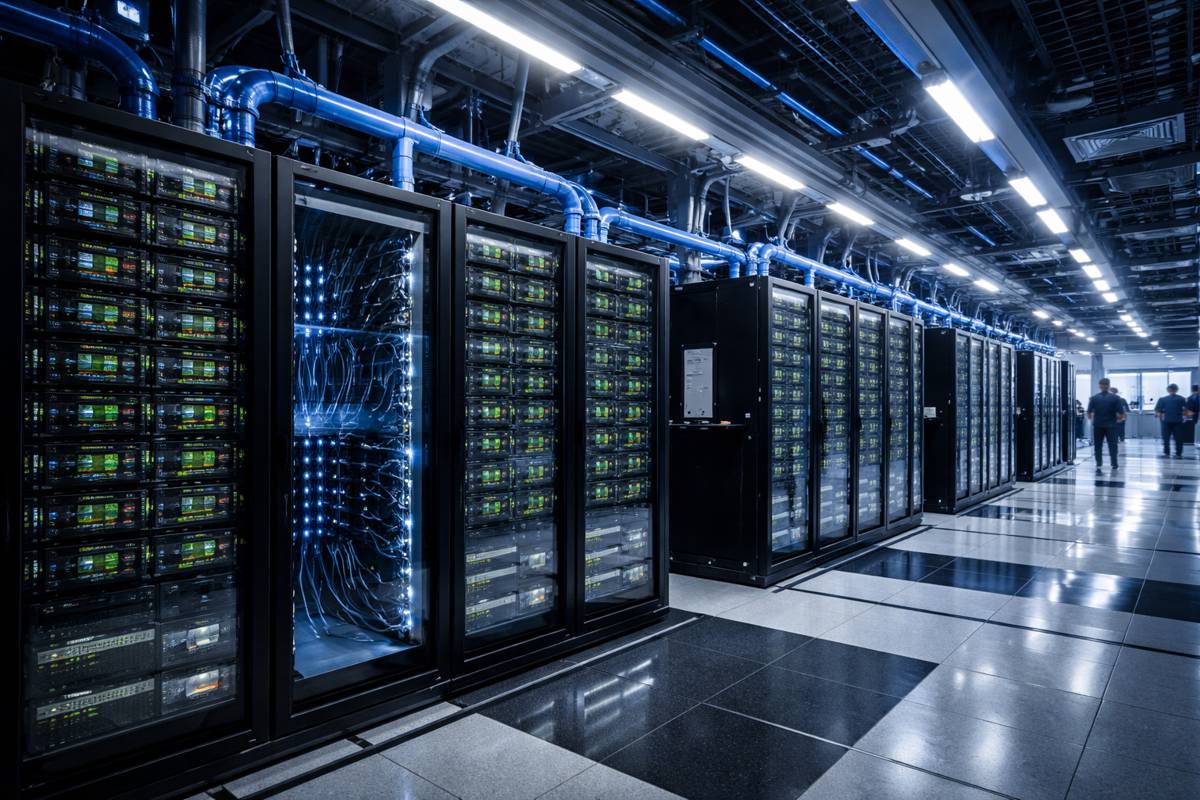Virtual Sound Simulation to analyse Railway Noise Impact
It is often a nuisance for residents living near railroad lines – and such a multi-faceted challenge for experts that there should be more than one word for “railway noise”.
Sounds from steel wheels on rough or smoother rails, braking sounds at different frequencies, engine noise, aerodynamic noise – all of it muffled or influenced by noise barriers, embankments, the nature of the ground beneath the tracks, and by the environment in which the sound waves propagate.
Empa researchers led by Reto Pieren from the Laboratory for Acoustics / Noise Control know from practical and theoretical experience just how complex these acoustic consequences of rail traffic are.
For years, they have been exploring the phenomenon with measurements, simulations, validations: Findings that led to the two-year EU project SILVARSTAR with many partners .
Now Pieren presented the results at the “forum acusticum” conference in Turin: an acoustic simulation of various types of railroad noise – audible and tangible with the help of virtual reality.
Such tools for “auralisation” exist sporadically as prototypes in research, but they are not yet available in the practice of planning and noise control. The system SILVARSTAR aims to change that – thanks to the combined knowledge of numerous experts. While the Empa team, which was leading the simulation project, incorporated its acoustic expertise from numerous projects, experts from the University of Southampton and the Zurich-based company Bandara VR GmbH contributed valuable know-how to develop a user-friendly system. Among other things, the widely used Unity software for professional game developers served as the basis for this.
Many factors, even more variations
The ultimate goal was a tool that even laypersons could use. For example, transport politicians who want to assess the impact of a future railway line. For a single line, several scenarios can be compared, for example with train types ranging from cargo trains to a regional train to an ICE, with high or low noise barriers, specific wheel and damping types that also have an audible impact on railway noise, and many other factors. And because the environment also plays a role, users can decide between “city” or “countryside” or even select a ground-level or elevated position, such as on a balcony.
Behind these possibilities are complex algorithms in a physics-based computational model that does not generate acoustic signals from archived sound files, but calculates and generates them all individually – for hundreds of noise sources and influencing factors, depending on the complexity of the scenario. This also presented challenges for the Empa team. The large variety of influences enables realistic simulations. But at the same time, it required the mesh of algorithms to be sensibly reduced to the essentials – also with the necessary computing time in mind: A modern PC needs up to three hours for a 500-meter long cargo train to pass by so that its noise emissions can be made audible under various conditions.

Positive reactions at the demonstrations
But the effort is worth it, as the validation of the system showed. The graphs of the synthesized noise curves are very close to measured real-world values and are even partly congruent. Subjective impressions were provided by demonstrations at transport technology trade fairs such as last year’s InnoTrans in Berlin: Visitors attested to the simulation’s high credibility and showed great interest in using the virtual “rail noise game”.
For those interested, the tools, including a license agreement for non-commercial purposes, can be downloaded from Empa’s SILVARSTAR website. “The first uses of the simulation are already starting,” says Empa researcher Pieren, “we are very satisfied with the results and expect numerous applications in the future.”
International project with EU funding
The European research project SILVARSTAR, which ran for a good two years, was funded by Europe’s Rail as part of the EU’s Horizon 2020 program. In addition to Empa, the project consortium included industrial and academic partners from five European countries: Vibratec (France, coordination), Wölfel Engineering (Germany), the University of Southampton (England), KU Leuven and Union des Industries Ferroviaires Européennes (UNIFE; both from Belgium). In addition to the simulation of railroad noise, the project also developed models for the vibrations of the subsurface caused by train traffic.




















